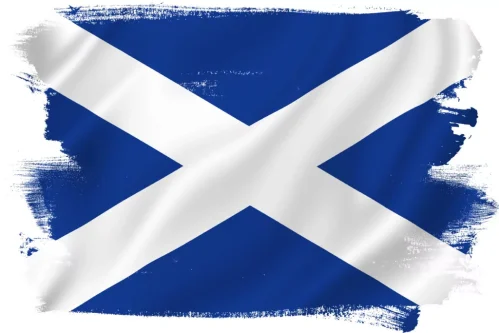Go Bankrupt in Scotland

In Scotland the formal name for Bankruptcy is Sequestration. The rules and effects are different to those in England and Wales.
- Criteria to go Bankrupt in Scotland
- How much does Bankuptcy in Scotland cost?
- Certificate for Sequestration
- How to apply for bankruptcy
- The Appointment of the Trustee
Criteria to go Bankrupt in Scotland
In order to declare yourself bankrupt in Scotland you need to meet slightly different criteria to that of England, Wales or N Ireland.
The first and most important of these is where you live. Sequestration is only available for people who are currently living in Scotland. If you have now moved away from Scotland you will not be eligible for sequestration unless you move back. You will have to live in Scotland for at least 6 months before you can apply.
The second is how much unsecured debt you owe. To use sequestration you must owe at least £1500 to your unsecured creditors.
What does Bankruptcy in Scotland Cost?
The fee for Sequestration in Scotland is £200. This has to be paid to the Accountant in Bankruptcy (AiB) and is submitted with your application documents.
Certificate for Sequestration
Up until November 2010 in order to make yourself bankrupt you had to be able to prove that legal debt recovery action had already been started against you by meeting at least one of the following criteria:
(a) A Charge for Payment has been issued by one of your creditors and fourteen days notice has elapsed.
(b) You have received an Earnings Arrestment as a result of a Charge for Payment
(c) A Statutory Demand has been issued by one of your creditors and 21 days have elapsed.
However as of November 2010 a new option called the “Certificate for Sequestration” was introduced which now allows people to go bankrupt even if no legal action has yet been taken against them.
This process involves applying for a Certificate for Sequestration which confirms that you are eligible to declare yourself bankrupt. The Certificate of Sequestration must then be included with your application for sequestration that you submit to the Accountant in Bankruptcy.
In order to get a certificate for sequestration you need to apply to an authorised person. Authorised people are normally either Money Advisers, CAB Money Advisers, Local Authority Money Advisers or Insolvency Practitioners.
The adviser must satisfy themselves that you are unable to repay your debts as and when they become due. To do this they will need to review your debts, income, expenses and assets in detail. If they are happy that you qualify then they will issue you with a Certificate for Sequestration. The adviser is not allowed to charge you for this service.
How to Apply for Bankruptcy
After you have been issued with a certificate for sequestration, you must apply for your bankruptcy within 30 days from the date that the certificate was signed. If you do not make an application within 30 days your opportunity to apply will be withdrawn.
In order to apply you will need to complete a Debtor Pack which your Money Advisor should be able to give you. Alternatively Debtor Packs are available from the Accountant in Bankruptcy (AIB):
1 Pennyburn Road, Kilwinning Ayrshire, KA13 6SA (telephone 0845 762 6171)
Instructions for completing the application are included with each pack and it is essential that the pack is fully completed. You will also have to pay an application fee of £200.There are no waivers or exemptions for this fee.
Once you have completed your application form, you will need to send it together with your certificate for sequestration and your payment directly to the Accountant in Bankruptcy.
Generally your sequestration will be awarded within a few days of you submitting your application to the AiB.
Bankruptcy Trustee Appointed
When a sequestration order is granted and you are made bankrupt, a trustee will be appointed. The Trustee will normally be appointed by the Accountant in Bankruptcy (AiB) but they could also be an insolvency Practitioner that you have personally instructed. The Trustee’s job to administer your bankruptcy and try to recover money for your creditors.
The Trustee’s first job will be to review your financial circumstances including your income and living expenses and your assets.
BE Tip: Despite having already provided information about your personal financial circumstances to the Money Advisor in order to get your Certificate for Sequestration, evidence regarding your financial situation including payslips, bank statements, tenancy agreements and hire purchase agreements may have to be presented to your Trustee as part of the bankruptcy application.
Your Trustee has a duty to try and sell any valuable assets to contribute towards the cost of your bankruptcy and realise value for your creditors. Generally speaking this will only affect you if you are a home owner.
They will also consider whether you should make monthly payments towards your debts in the form of an income payment agreement (IPA) or income payment order (IPO). If you receive social security benefits or tax credits no contribution will be taken from them.
Once bankrupt you must co-operate with your Trustee and keep them informed about any changes in your circumstances